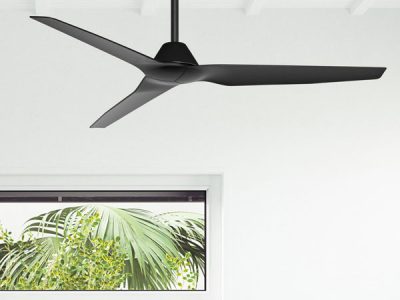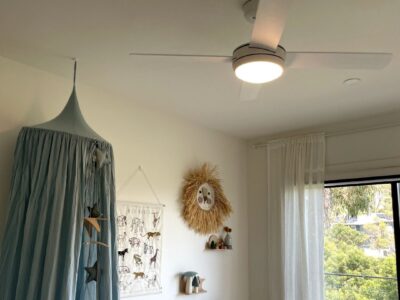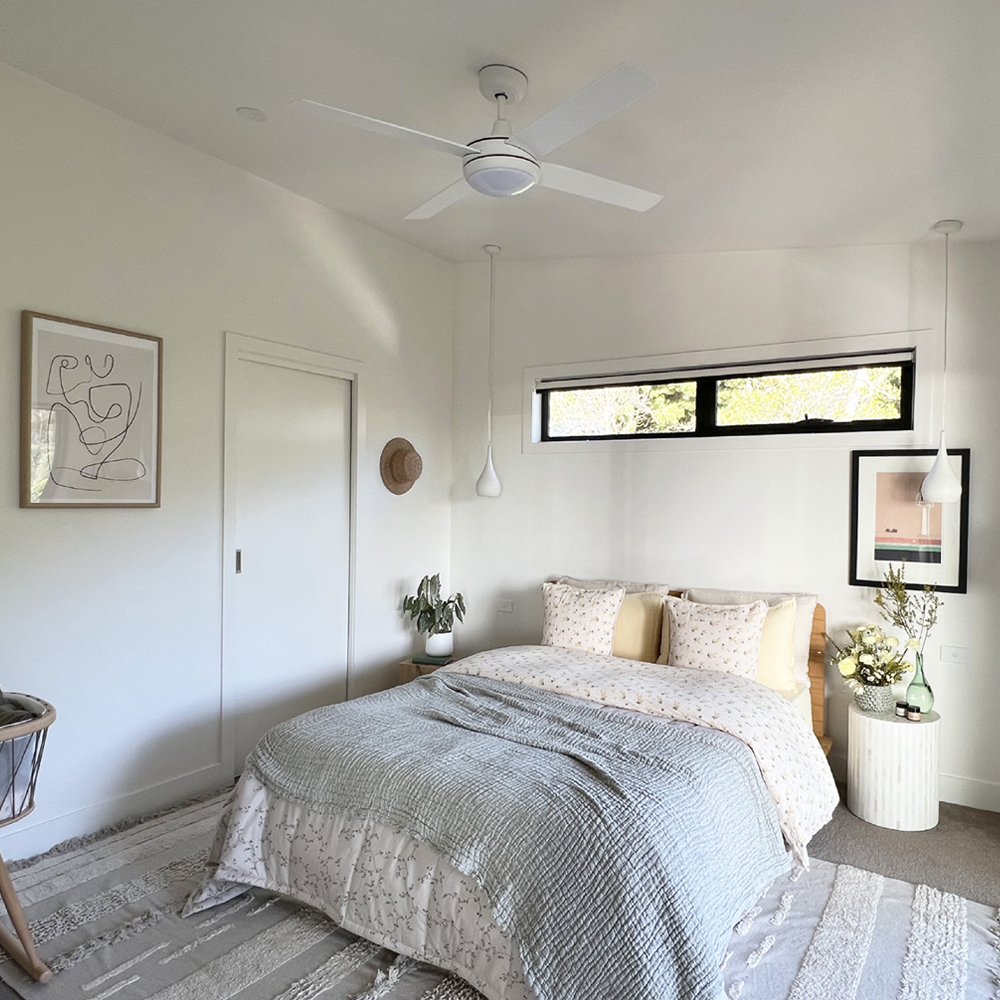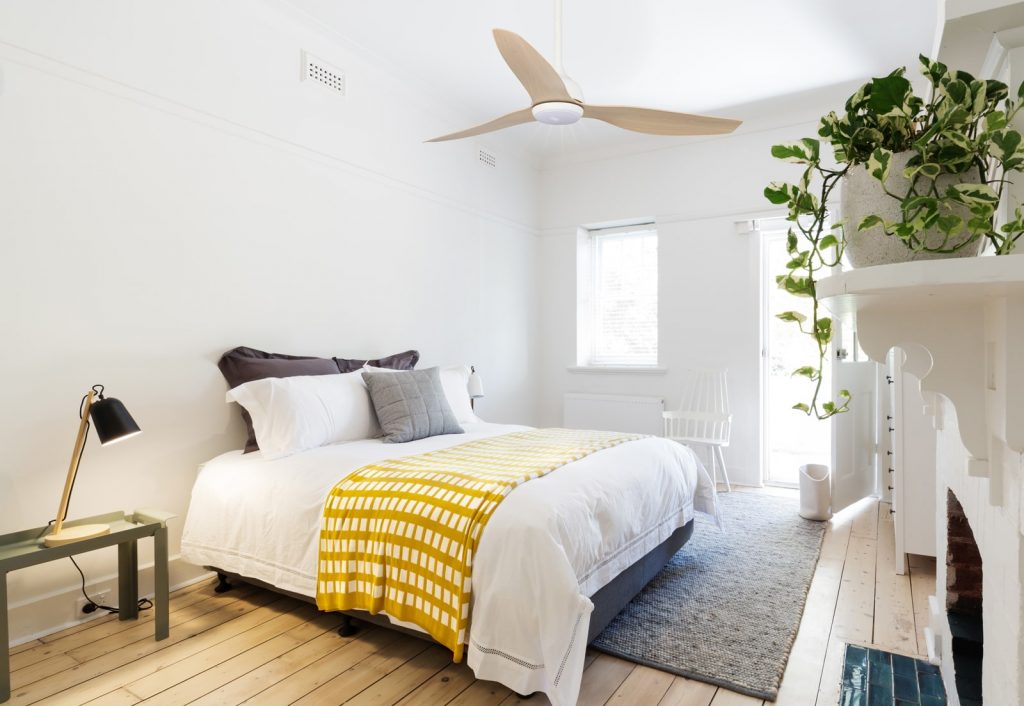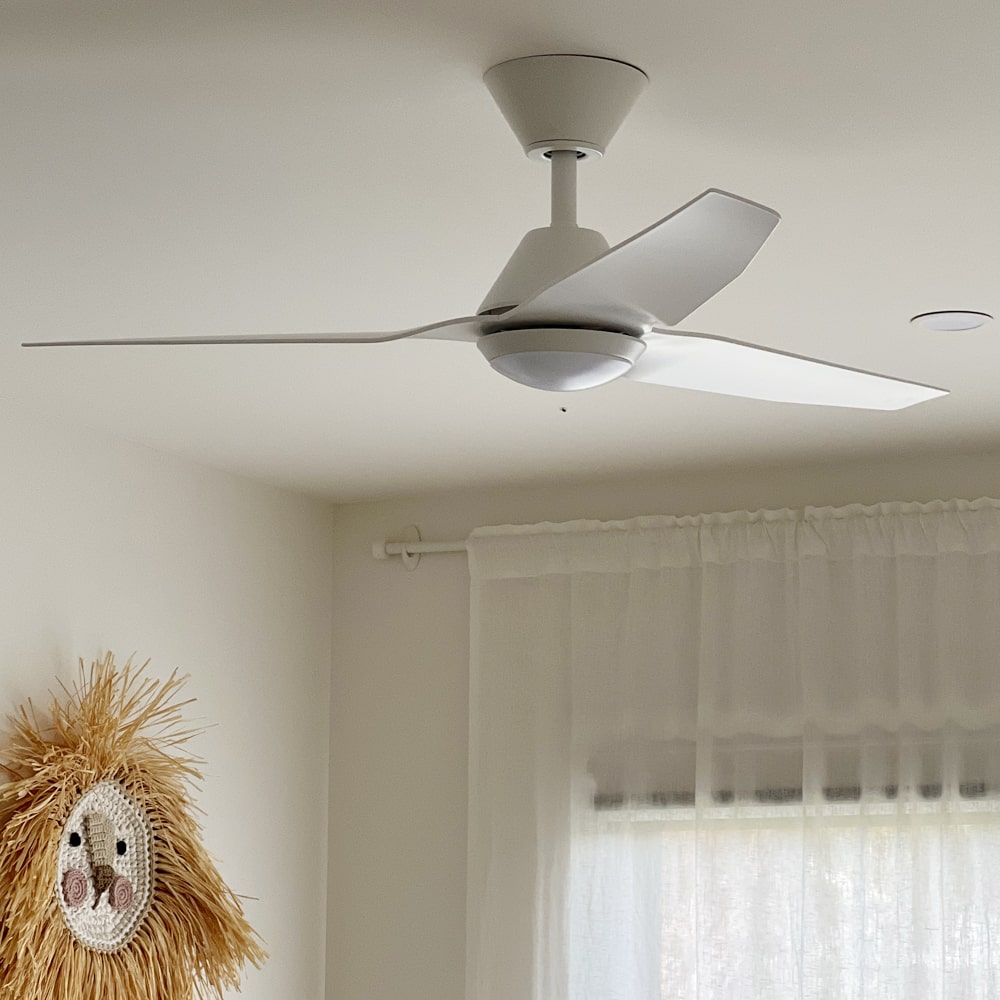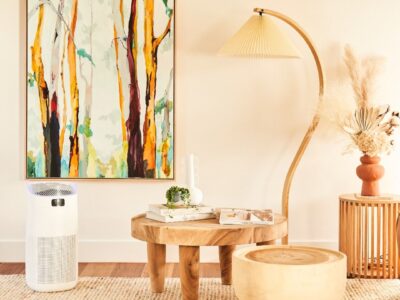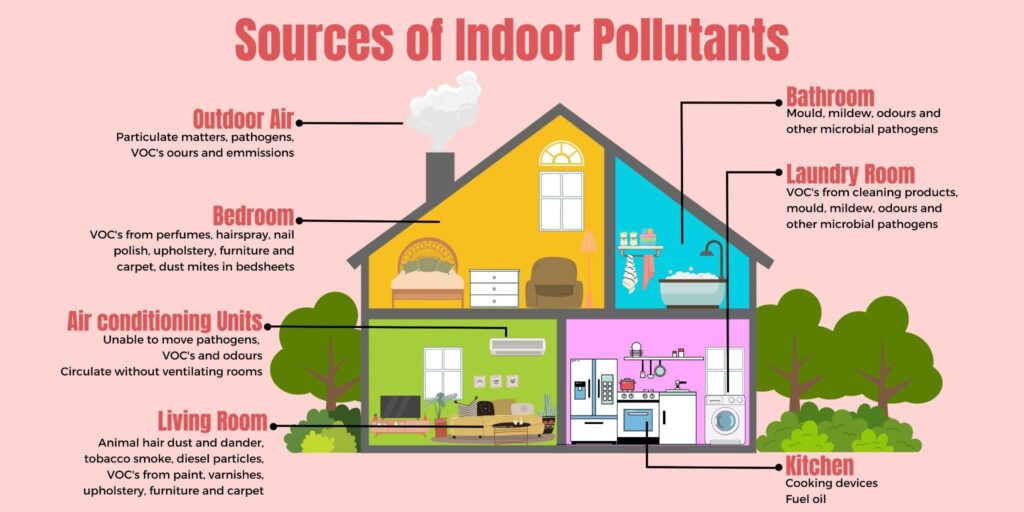LED Lights - All you need to know
Looking for smart ways to save on your power bill? LED lights are a popular energy-saving choice.
Compared with household heating and cooling costs, the humble light bulb is often forgotten in the energy cost mix. According to the national Your Home sustainability program, the average Australian home runs 37 light bulbs: approximately 10% of your monthly bill. Lighting costs can really add up.
Here, we look at the benefits of LED lighting and how LED lights work to save you money.
So, what is LED Lighting?
An LED – or ‘Light Emitting Diode’ – is clever, energy-efficient technology using a tiny semiconductor to convert electricity into light. Modern LED lightbulbs offer a high-quality alternative to old-school incandescent and halogen globes, which guzzle power, radiate heat and require regular replacement.
What are the benefits of LED lighting?
LED lighting is:
- Gentle on the hip pocket - Costs around 25% of the equivalent incandescent or halogen bulb to run. Clocking up substantial savings over time
- Long-lasting - Lasting an average of 15 000 – 50 000 hours means less home maintenance, and less waste going to landfill
- Cool - No more hot-to-touch bulbs radiating heat into the room
- Environmentally friendly - Using less power and creating less waste
Where can you use LED lighting in your home?
- Living areas
- Functional workspaces
- Decorative Lighting
- Outdoor Lighting
- Ceiling fans with LED lights
Choosing the best LED Lighting for your home
Installation of an LED Light
As we know, LEDs use a fraction of the power old-school incandescent or halogen lightbulbs require. Here’s an approximate example comparing a standard 60W bulb with a comparable LED light.
- Traditional 60W bulb (uses 60 watts of energy to create 800-lumen brightness)
- LED equivalent (uses 8 – 12 watts of energy to create 800-lumen brightness)
TIP:When selecting the best LED lighting for your home, it’s important to look at lumens not watts. Over time, LEDs are becoming more and more efficient – that is, using less watts – so it’s important to think about the brightness (or lumens) rather than the amount of electricity the bulb uses.
What are lumens?
A lumen is the measurement used for a light’s brightness. You need to choose an LED light bulb which is bright enough for the space you’re lighting in your home. Lumens range from low brightness at 250 to high brightness at 1500.
Choose a low lumen LED light for spaces where soft lighting is preferred, such as bedrooms and living rooms. And high lumen lighting for practical areas like your kitchen and laundry, where strong lighting is helpful.
How is LED Light temperature measured?
The temperature or ‘colour’ of any lightbulb is measured on the Kelvin scale. This scale ranges from the warmest light at 1000 to coolest light at 10 000. The most popular household lighting sits on the scale between 3000 and 5000.
Traditional versus Modern Styling
Traditional homes tend to use warmer lighting to create a cosy, relaxed atmosphere. 3000 is a popular choice to capture that old-world charm. Modern homes often use crisp neutral or cooler lighting, which provides sharper contrast and reflects true colour. 4000 (natural white) and 5000 (cool white) are both effective choices.
LED lighting options for different spaces
Warmer lighting can work well in living and bedroom spaces, where you want to maximise comfort and relaxation. Gentler on the eyes, warm lighting helps create a welcoming atmosphere with the feeling of candlelight.
The Fanco Eco Silent with CCT LED Light is a great option for bedrooms, especially when opting to use a warmer color temperature for the light!
Cooler lighting is bright, energising, and practical for functional spaces, such as kitchens, bathrooms, laundries, and garages. This clear, high contrast lighting is perfect for work areas with options including neutral, cool and daylight.
LED innovation
Innovative CCT LEDS allow you to choose the best light temperature for each room. CCT LEDs use flexible ‘Colour Changing Technology’, which allows you to select and set your preferred lighting option for each situation.
Why is this important?
For lighting flexibility, you can choose a consistent style of CCT LED light, or fan-light combination to use throughout your home. You can then change the settings from room to room to achieve the warm, cool or neutral light you prefer for each space.
Need total control?
Choose a dimmable LED light-fan combination with remote control. Dimmable LED options include:
- Stepped dimming – where you select from several pre-set levels of light
Eco Style DC With Light
A popular fan-light model is the Fanco Eco Style DC Ceiling Fan with CCT LED Light and Remote, featuring 8 levels of stepped dimming
- Stepless dimming – which offers a full range of adjustable light levels at your fingertips
Infinity-ID DC With Light
The Fanco Infinity-ID DC Ceiling Fan SMART/Remote with Dimmable CCT LED Light is a stylish choice with the flexibility of stepless dimming.
Looking for the perfect LED-fan combination for your home? Fansonline has a large range of quality options suitable for every room.
If you need some additional help with choosing the best Ceiling Fan with Light for your place, please contact our friendly team for more information.
Other Related Articles:
Ceiling Fan Installation
Ceiling Fan Guide

